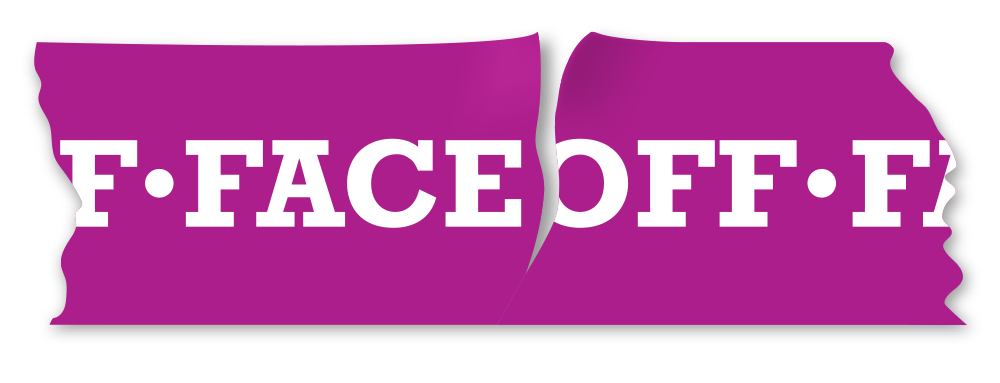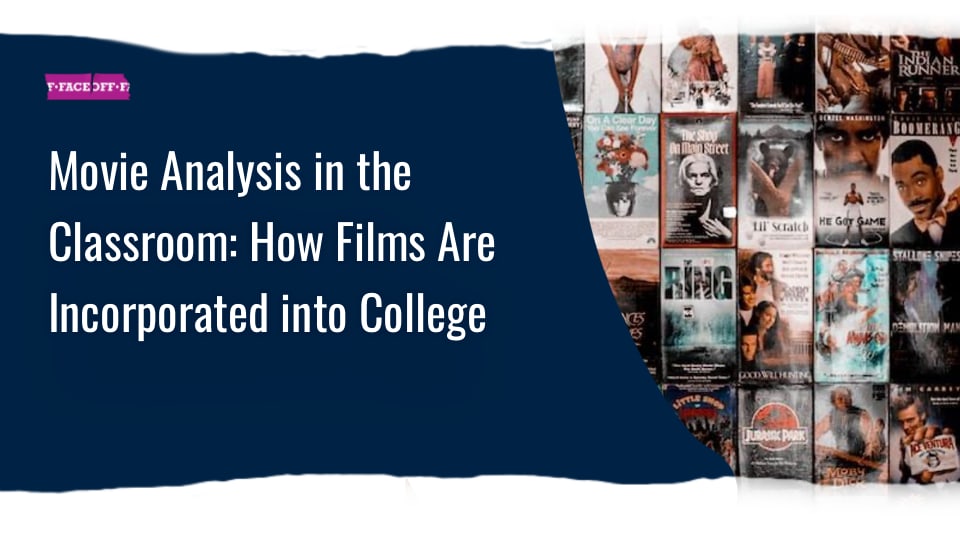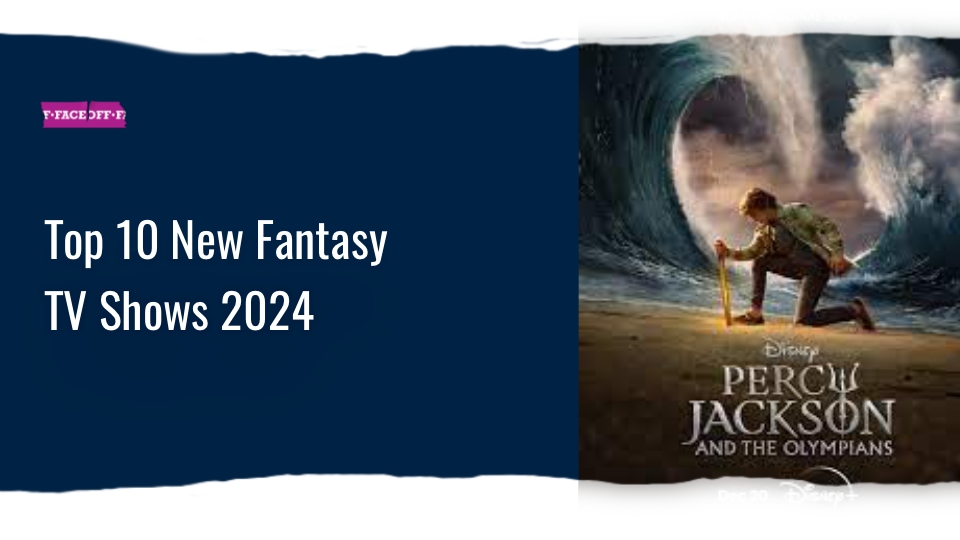Films, with their intricate plots, complex characters, and visual appeal, have long been not just a source of entertainment but also a mirror reflecting societal norms, culture, and history. The educational power of movies is undeniable, and universities worldwide are harnessing their potential through movie analysis.

https://unsplash.com/photos/the-beatles-vinyl-record-sleeve-BQTHOGNHo08
What is Movie Analysis as a Subject?
At its core, movie analysis isn’t merely about watching and enjoying a film. It delves deep into the cinematic universe, dissecting every frame, understanding character motivations, and examining the socio-political environment the film portrays. A movie is a tapestry of art: its direction, script, soundtrack, and cinematography all come together to narrate a story, express an emotion, or comment on society. In movie analysis courses, students are taught to look beyond the surface, identify subtexts, and decode the myriad elements of filmography. Of course, they can pay for a research and get a research paper written by a professional writer and forget the troubles, but trying to analyze the movie is very interesting, Just as literature students analyze the depth in Hemingway’s words, cinema students discern the nuances in Hitchcock’s shots.
Why Learning Movie Analysis is Important?
Beyond the joy of understanding films on a deeper level, movie analysis offers a unique lens to understand our world. Movies are cultural artifacts representing the zeitgeist of an era, the challenges of a generation, or the visions of specific communities. Students can trace historical evolution, understand cultural shifts, and predict societal futures by analyzing films.
Tips on How Films Are Incorporated into College Courses:
Furthermore, in our increasingly visual and digital world, understanding the language of films is akin to being literate. It equips students with the skills to critically consume media, make informed judgments, and engage in meaningful discussions about contemporary issues.
Films offer a dynamic and visual learning mode, often evoking deeper emotional responses than traditional texts. College courses, recognizing the multifaceted benefits of movies, incorporate them in diverse ways to enrich the academic experience. Here’s a more in-depth look at how films find their way into the classroom:
Interactive Discussions
Rather than passive viewings, instructors often pause films at pivotal moments to foster discussions. They invite students to share their interpretations, feelings, or questions about scenes. This encourages them to think critically and allows them to see multiple perspectives. These sessions become a melting pot of diverse views, making interactive movie discussions invaluable in fostering a holistic understanding of films.
Comparative Analysis
This approach takes students on a journey across time and cultures. Students delve into the nuances of storytelling, artistic presentation, and cultural representation by juxtaposing two films- whether from different decades or continents. Such exercises sharpen their analytical skills, teaching them to spot patterns, draw parallels, and appreciate the diversity in global cinema.
Writing Assignments
With their rich content, movies often become the muse for various writing tasks. Whether it’s critiquing a film, exploring a character’s psyche, or discussing symbolic motifs, such assignments push students to express their understanding articulately. To aid in this, resources like writing about film are invaluable, providing structural and stylistic guidance.
Film Making Projects
There’s no better way to appreciate the art of cinema than by diving into its creation. Courses that include filmmaking projects offer students a chance to wear the director’s hat. From conceptualizing a story to handling post-production nuances, these projects are comprehensive. They instill an appreciation for the art and impart practical skills that can be invaluable in various career paths.
Final Thoughts
Incorporating movie analysis in the classroom goes beyond mere entertainment. It’s a vehicle for understanding history, culture, and the human psyche. As the lines between education and entertainment blur, harnessing the power of films in academia can lead to a richer, more comprehensive educational experience. The next time you watch a movie, remember there’s a world of depth beneath the surface waiting to be explored.







